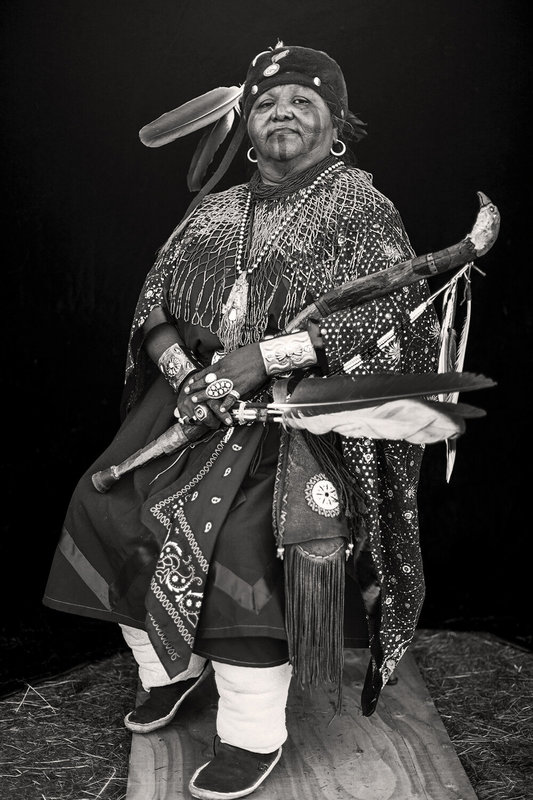Resistance, Material Culture, and the Enviornment
Colonialism rests on the exploitation of landed resources by a dominant society at the expense of the original inhabitants of that territory. The term rarely has a comprehensive use in the discourse of climate activism for Indigenous people; yet the exploitation of the ecological condition of North America presents an imminent threat.
Resilience is determined by a system's capacity to adapt and maintain similar structures and identity following disruption. Indigenous Resilience rests on the capacity to adapt and reorganize against the disruption of Colonialism. This capacity to adapt includes how narratives around material culture have shifted and evolved over time to address contemporary concerns, such as climate change.
NoDAPL and Resilience
The Dakota Access Pipeline Protests, also known through it's social media presence under the 'Hashtag' (#NoDAPL), were a sustained grassroots effort that began in early 2016 in reaction to the approved construction of a pipeline that would intersect Lake Oahe and the Missouri River, the Standing Rock Sioux Tribe's primary source of clean, drinking water. The pipeline demonstrated not only a threat to the self-determination of Indigenous nations regarding their own resources, but presented an imminent threat to water safety.
The demonstrations, starting in April of 2016, were platforms of active resistance and an explicit defense of indigenous sovereignty. By the time Shinnecock photographer Camille Seaman arrives to the Očhéthi Šakówiŋ camp in September of 2016, members from more than 300 Federally-recognized Indigenous tribes were residing in three of the main encampments near the Missouri River. Seaman's photography concerning the portraits of Standing Rock Activists at the Očhéthi Šakówiŋ camp presents the ways how Indigenous activists of the present have used material culture to demonstrate resistance and recognizing sovereignty.
The portraits captured by Seaman present Indigenous voices of varying age groups, races, and relative tribal affiliation under similar merits: the presence of Indigenous resilience. This resilience is seen through how activists are transforming contemporary Indigenous iconography and traditional forms of material Indigenous culture as pieces of resistance.


